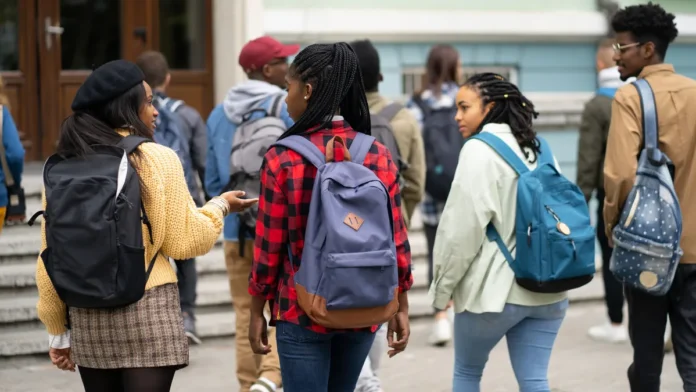A recent Government Accountability Office (GAO) report reveals that Black girls in public schools face disproportionately higher and more severe disciplinary actions than their peers, often driven by colorism, gender stereotypes, and biased perceptions. Despite making up only 15% of the female student population, Black girls accounted for nearly half of all suspensions and expulsions during the 2017-18 school year, with their punishments often harsher than those given to White girls for similar infractions, such as defiance or disrespect.
The GAO report highlighted factors such as the perception of Black girls as older and more promiscuous, as well as traditional gender stereotypes that affect how they are treated in schools. This finding is significant as it points to a national trend of disciplinary disparities across every state, reinforcing long-standing concerns about racial and gender bias in education.
Broader Implications
In 2022, members of Congress requested the GAO to investigate how public school disciplinary policies affect girls, particularly Black girls. The study confirmed that biased treatment in schools profoundly impacts students’ emotional and academic experiences, often leading to long-term consequences. For example, Black girls reported feeling less safe and connected to their schools, contributing to a sense of alienation and distrust toward educators.
The GAO’s findings are supported by earlier data from the Centers for Disease Control and Prevention (CDC), which reported that girls, in general, are experiencing significant mental health challenges, with nearly 1 in 3 teen girls considering suicide in 2021. Black girls, however, experience additional challenges, such as feeling more vulnerable to violence and reporting that school rules were often applied unfairly to them compared to other students.
Addressing Disparities Through Teacher Interventions
Research included in the GAO report underscores that biases among teachers contribute to these discipline disparities. A 2020 study by Princeton University showed that teachers are as likely as those in other professions to harbor implicit and explicit biases against Black individuals. A separate study from a California school district found that discipline gaps between Black and White students were driven by a small group of teachers who extensively used referrals. Both studies suggest that targeted support and interventions for teachers could help reduce these biases and close the discipline gap.
The report’s findings highlight the urgent need for systemic reforms to address the biases and stereotypes that disproportionately affect Black girls, particularly in the education system, where unequal treatment can have lasting academic, emotional, and physical consequences.











